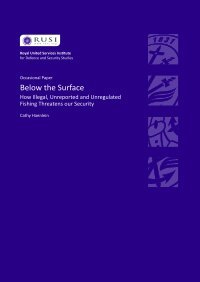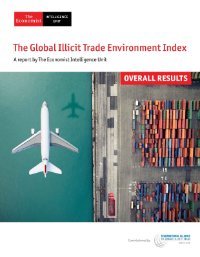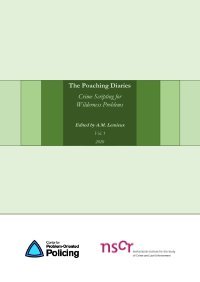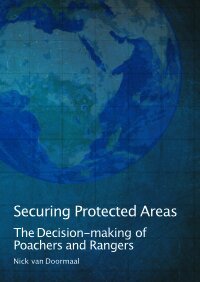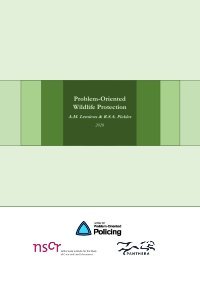Arcus Foundation.
Killing, Capture, Trade and Conservation. The illegal trade in live apes, ape meat and body parts occurs across all ape range states and poses a significant and growing threat to the long-term survival of wild ape populations world- wide. What was once a purely subsistence and cultural activity, now encompasses a global multi-million-dollar trade run by sophisticated trans-boundary criminal networks. The chal- lenge lies in teasing apart the complex and interrelated factors that drive the ape trade, while implementing strategies that do not exacerbate inequality. This volume of State of the Apes brings together original research and analysis with topical case studies and emerging best practices, to further the ape conservation agenda around killing, capture and trade.
Cambridge (2021) 410 pages.





